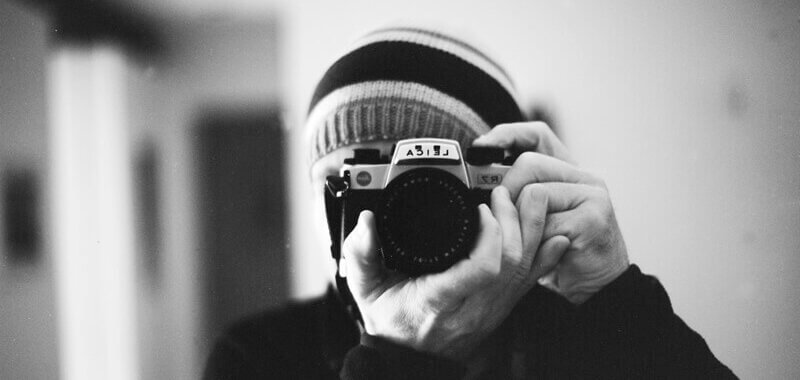Photo by Markus Spiske via Unsplash
Optimise your website by reducing image size (without losing quality) to help it run faster and improve performance.
Nothing’s more irritating than waiting for a website to load. Slow and clunky websites should be a thing of the past, but many sites don’t run as quickly as they could. And image size may be the culprit.
A study by BBC showed that for every additional second it takes a page to load, 10% of users leave. That essentially means that if your website takes an extra five seconds to load, you’re losing 50% of your traffic! Research by Google also showed that if your website takes three seconds or more to load, 53% of users will leave.
Reducing image size can help your site load and respond quicker so you don’t lose out on those page views or potential clients. And optimising images can also help boost your website’s SEO rank too. In 2018, Google made website speed a factor in mobile search ranking.
But what does image optimisation have to do with speed?
Maintaining a speedy website involves a number of factors, but making sure your images are small is something that can really help to keep things moving quickly. It makes sense: smaller images load faster, and a faster website ensures an improved user experience and therefore a higher retention rate.
How to optimise your images
Thanks to online image optimisation tools, it’s easy (and free!) to make sure your images aren’t slowing down your site.
Many online tools exist to shrink images, but some are better than others. The best online tools will shrink your images while still retaining their quality, ensuring your website runs as smoothly and as quickly as possible. These are a few of my personal favourites:
Tiny JPEG
Tiny JPEG uses an encoder to analyze each image’s texture, pattern and colour. Apt for users wanting to resize several photos in one go, you can drop or upload up to 20 JPEG files. The tool then strips the image of unnecessary metadata. This ensures your photo files are now smaller without sacrificing image quality.
My favourite feature of Tiny JPEG is the WordPress plugin which automatically optimises new images upon upload. And if that’s not enough, the brand’s adorable animated panda bear happily chomps on bamboo and cheers once your images are successfully reduced in size.
Kraken
Although there’s a paid pro version of Kraken, the free version is surprisingly versatile. You can upload images directly or simply type in a URL. Users can choose from three types of optimization modes: lossy, which is the most common, lossless, which retains every single detail if you’re working with extremely detailed images and expert (best for photographers or pros), which allows for a more custom image adjustment.
Reduce Images
Reduce Images is ideal for beginners or those needing more custom image resizing for just a few images. Upload a photo and then choose a new size (by percent or pixels), format (JPEG, PNG or GIF) and background color (black or white).
Bottom line
Using these easy tools, there’s no excuse for having large images that clog up your site. But if you simply can’t be bothered or are wondering what else may be slowing your website down, get in touch. I can provide an analysis of your website to figure out what’s causing the issue and how to fix it.


